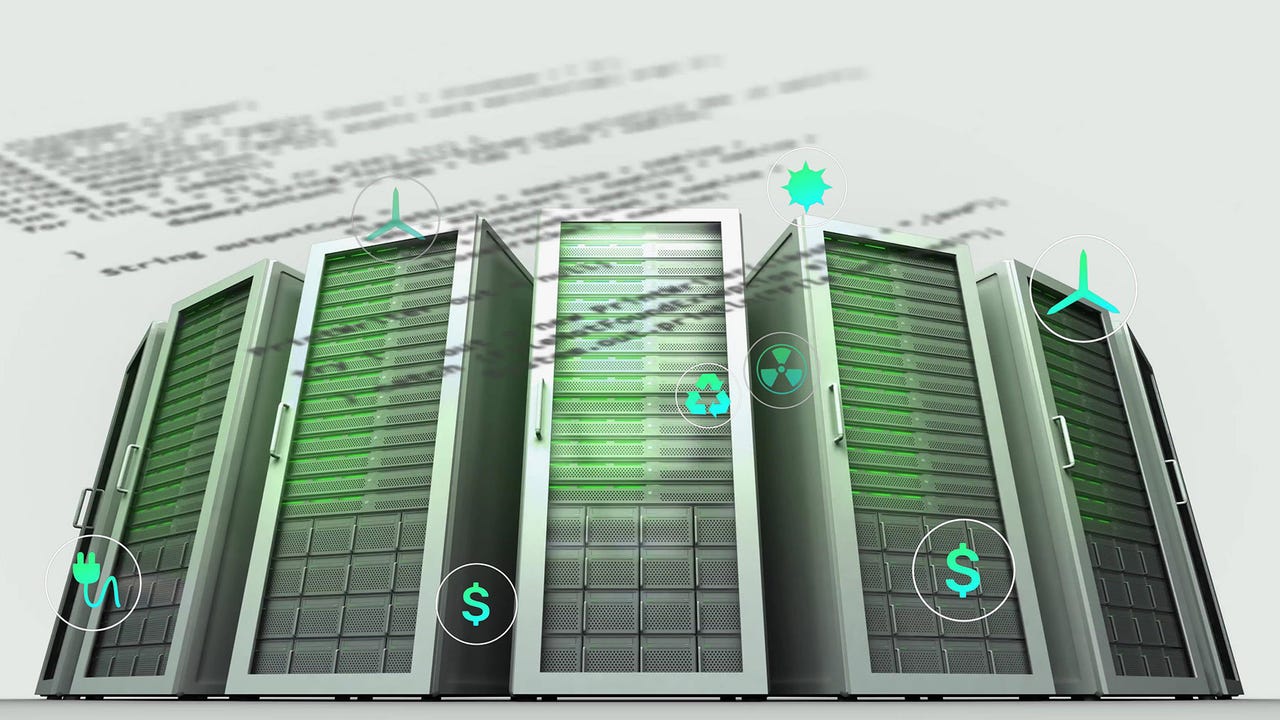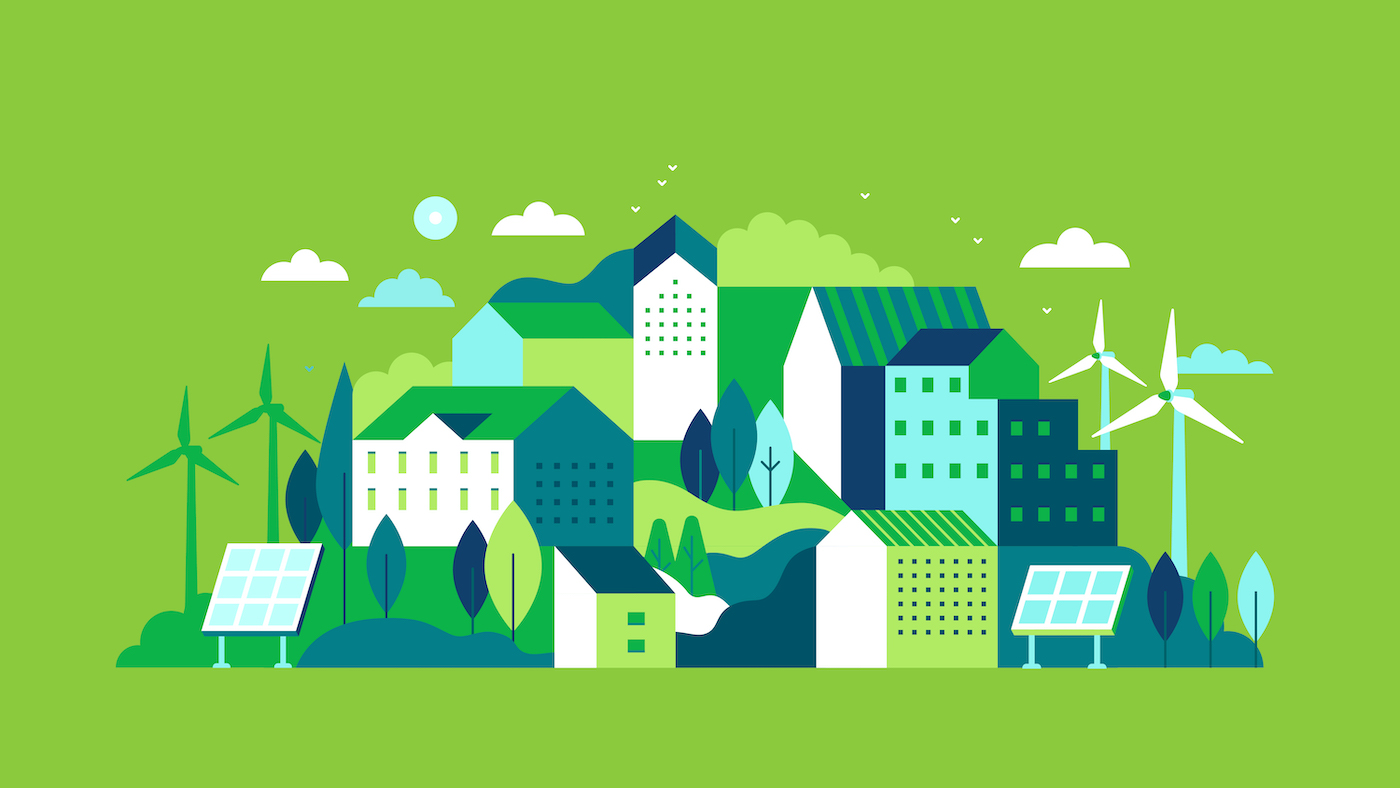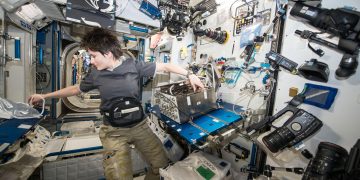Introduction: The Cloud’s Environmental Reputation
When we say “the cloud,” most of us imagine a magic digital space where photos, emails, videos, and apps live — accessible anywhere, anytime. It’s modern, efficient, and, importantly, green, right? The narrative that cloud computing is a sustainable alternative to on-premises data centers has gained traction in recent years. But how green is the cloud, really?
This article dives deep into the environmental impact of cloud computing, dissecting energy consumption, carbon emissions, and innovative sustainability efforts in this invisible yet omnipresent technology.
1. What Is the Cloud, and Why Does Its Environmental Impact Matter?
The cloud refers to massive networks of servers housed in data centers around the world. These servers power everything from Netflix streaming and Google searches to enterprise software and smart home devices.
Energy-Hungry Giants
Data centers are energy-intensive operations. Running thousands of servers 24/7 requires enormous electricity — often compared to the power consumption of small cities. The environmental consequences are significant because the electricity mix in many regions still relies heavily on fossil fuels.
Why It Matters
With global data traffic doubling every few years, the cloud’s carbon footprint threatens to grow exponentially. Understanding this impact is crucial as governments, companies, and consumers seek to reduce greenhouse gas emissions and combat climate change.
2. Demystifying Data Center Energy Use
The Basics of Data Center Power Consumption
A data center’s energy use comes from:

- IT Equipment: Servers, storage, and networking devices.
- Cooling Systems: To prevent overheating, data centers require extensive cooling infrastructure.
- Power Delivery and Backup: Uninterruptible power supplies (UPS), transformers, and generators.
The Power Usage Effectiveness (PUE) Metric
To measure efficiency, the industry uses PUE — Power Usage Effectiveness. PUE=Total Facility EnergyIT Equipment Energy\text{PUE} = \frac{\text{Total Facility Energy}}{\text{IT Equipment Energy}}PUE=IT Equipment EnergyTotal Facility Energy
- Ideal PUE: 1.0 (all energy goes to computing).
- Typical PUE: Around 1.2 to 1.5 for modern facilities.
This means for every watt used by servers, 0.2 to 0.5 watts go to cooling and other overhead.
Are We Improving?
Over the past decade, the average PUE has dropped significantly thanks to innovations like:
- Using ambient air or water cooling.
- Advanced heat recycling techniques.
- Efficient server hardware.
3. The Cloud vs. Traditional IT: Which Is Greener?
One common argument is that shifting to the cloud reduces overall environmental impact compared to on-premises data centers or office servers.
Shared Resources, Shared Impact
Cloud providers leverage economies of scale, maximizing server utilization rates. Instead of many companies running underutilized hardware, the cloud consolidates workloads on fewer, more efficient servers.
Studies and Findings
- Microsoft (2018) found that cloud computing can be up to 93% more energy-efficient than traditional IT.
- Google claims its data centers are twice as energy-efficient as a typical enterprise data center.
But these benefits hinge on factors such as workload types, location, and cloud provider efficiency.
4. The Hidden Environmental Costs of the Cloud
Data Transmission and Networking
Beyond data centers, energy consumption in data transmission — fiber optics, cellular towers, routers — is substantial. The “last mile” delivery of data to end-users is energy-intensive and often overlooked.
Device Manufacturing and E-Waste
Cloud reliance drives demand for smartphones, laptops, and IoT devices, creating indirect environmental pressures through resource extraction and electronic waste.
Cloud Storage and Data Bloat
Storing and backing up vast amounts of data, much of which is redundant or seldom accessed, inflates energy use. Data growth is outpacing efficiency gains.
5. Renewable Energy and the Cloud’s Green Promise
Leading Providers Going Green

Tech giants like Google, Microsoft, and Amazon are investing heavily in renewable energy.
- Google has matched 100% of its global electricity consumption with renewables since 2017.
- Microsoft plans to be carbon negative by 2030.
- Amazon Web Services (AWS) aims for 100% renewable energy by 2025.
Challenges in Clean Energy Adoption
- Location dependency: Data centers must be near renewable sources or the grid must improve.
- Energy storage: Solar and wind are intermittent, necessitating batteries or other solutions.
- Grid carbon intensity varies by region, affecting actual emissions.
6. Innovations Making the Cloud Greener
Liquid Cooling
New cooling techniques using liquids instead of air increase efficiency drastically by absorbing heat more effectively and reducing fan power.
AI-Powered Efficiency
Artificial intelligence optimizes server workloads and cooling systems dynamically, reducing energy waste.
Server Virtualization and Containerization
By packing more applications onto fewer servers, virtualization reduces idle hardware, saving power.
Circular Economy in Hardware
Providers are adopting reuse, recycling, and refurbishing strategies to minimize resource depletion.
7. What You Can Do: User-Level Impact and Responsibility
While large-scale infrastructure improvements are essential, end-users have roles to play:
- Data hygiene: Delete unnecessary files and emails.
- Optimize streaming: Choose lower resolution when possible.
- Support green providers: Select cloud services committed to sustainability.
- Extend device life: Repair and reuse hardware rather than upgrading frequently.
8. The Future of a Sustainable Cloud
The cloud’s environmental impact is a dynamic, complex equation involving energy efficiency, renewable integration, user behavior, and technological innovation.
Emerging Trends to Watch
- Edge Computing: Processing data closer to users reduces data transmission energy.
- Quantum Computing: Potentially transformative but currently energy-hungry.
- Carbon Accounting Tools: Increasing transparency in emissions reporting.
- Policy and Regulation: Governments may impose stricter emissions standards for data centers.
Conclusion: Cloud Computing — A Green Dream or a Grey Reality?
The cloud offers significant potential for energy savings and emissions reduction compared to traditional IT setups, especially at scale and when powered by renewable energy. Yet, it is not an inherently green technology. The growing demand for data, coupled with complex supply chains and energy sourcing challenges, means the cloud’s sustainability depends on continued innovation, transparency, and responsible use.
By understanding these nuances, industry leaders and consumers can make informed choices to truly make the cloud a beacon of green technology in the digital age.


















































Discussion about this post